8 Which of the Following Are Shapes of Prokaryotic Cells
Hence option B is incorrect. It helps in moisture retention.

Prokaryotic Cell And Eukaryotic Cell
A eukaryotic cell has a plasma membrane cytoplasm and ribosomes including the endoplasmic reticulum Golgi apparatus chloroplasts and mitochondria.
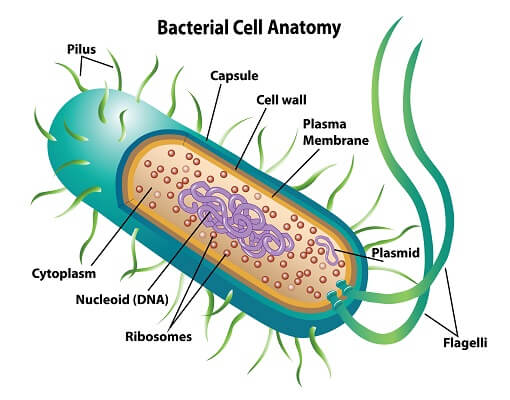
. A White blood cell B Amoeba cell C Red blood cell D Euglena cell A. Vibrio - comma shaped. Which of the following cells can change their shape.
Exit in a variety of different cell shapes. Cells exhibit a variety of shapes. As we learned in Lab 3 prokaryotic cells are the sole cell types of two domains of living organisms the domain Bacteria and the domain Archaea.
The shape of amoeba is irregular. See answer 1 Best Answer. The genophore is membrane bound and is also called as prochromosome because it lacks histone.
Bacterial Cell Anatomy and Internal Structure. It also has organelles like ribosomes cell membrane and cell wall etc. Cell is the basic structural unit of living organisms.
Spirochaete - spiral shaped. Pairs of spherical cells. Question 5 0 1 point Which of the following statements is true regarding prokaryotic cells.
The four basic shapes are. Bacteria are mobile prokaryotic cells with characteristic peptidoglycan cell walls. Generally cells are round spherical or elongated.
Prokaryotic cells have various shapes. The non-living part of a tomato cell is its. Bacterial cells are around one-tenth the size of eukaryotic cells.
Bacteria show a wide diversity of shapes and sizes called morphologies. Prokaryotic DNA uses uracil as a nitrogenous base instead of thymine d. The white part of egg is called albumen.
B and C C. In both prokaryotic and eukaryotic cells the. Prokaryotes fall into three basic categories based on their shape visualized here using scanning electron microscopy.
Solve any question of Cell. Genetic material is circular DNA and occurs naked in the cell cytoplasm. Amoeba a unicellular organism has no definite shape.
A Their DNA is enclosed within a membrane B They have numerous membrane-enclosed organelles C They contain more chromosomes than a. Refer to the Cell Structure and Functions Class 8 MCQs Questions with Answers here along with a detailed explanation. Choose the correct option.
The Unit of Life with-. A prokaryotic cell structure is as follows. Cocci spherical bacilli rod-shaped and spirilli spiral-shaped Figure 1.
A prokaryotic cell does not have a nuclear membrane. The characteristics of prokaryotic cells are. Evidence indicates that eukaryotic cells evolved from prokaryotic cells.
B bacilli or rod-shaped. Prokaryotic cells come in a variety of shapes. Nucleus is separated from cytoplasm by a nuclear membrane b nucleoplasm c organs d cell membrane.
Cells can be of many different shapes Some common shapes of cells are Spherical Cells They are round in shape Example - Red Blood Cells in Humans Spindle Cell They are elongated like a spindle Example - Muscle Cell in Humans Elongated Cell They are shaped like a branch of a tree Example - Nerve Cells in Humans. Though it lacks mem View the full answer. A cocci or spherical a pair is shown.
A and B B. However the genetic material is present in a region in the cytoplasm known as the nucleoid. External Structures Cell Envelope Internal Structures Cell Shapes Arrangement and Sizes Prokaryotes are unicellular organisms Prokaryotes include two small groups of organisms - the archaeobacteria and the photosynthetic cyanobacteria plus the large group of true bacteria or.
Cell Structure and Functions Class 8 MCQs Questions with Answers. Cocci A bacterium that is spherical or ovoid is called a coccus Plural cocci. They may be spherical rod-shaped or spiral.
Bacteria is a prokaryotic cell which does not contain well-developed membrane-bound nucleus. Capsule It is an outer protective covering found in the bacterial cells in addition to the cell wall. Prokaryotic cells are not as complex as eukaryotic cellsThey have no true nucleus as the DNA is not contained within a membrane or separated from the rest of the cell but is coiled up in a region of the cytoplasm called the nucleoid.
The cell wall structure is alike to that of a gram-negative bacterium. A white blood cell WBC in human blood is an example of a single cell that can change its shape and size. Yes hens egg is a single cell.
Eukaryotic cells contain organelles that are membrane-bound whereas prokaryotic cells do not. MorphologyShape of Prokaryotic cells. Membrane bound cell organelles such as Mitochondria Golgi apparatus Chloroplasts are absent.
Prokaryotic cell structure is also complex. A and B An amoeba cell and white blood cell present in human blood can change their shape. The genetic material in nucleoid is called as genophore.
And c spirilli or spiral-shaped. A membrane bound well defined nucleus is absent. Prokaryotic cells use a different amino acid code Drag the tiles to the correct boxes to complete the pairs.
The cell size ranges from 01 to 50 micrometre in size. Prokaryotes come in various shapes but many fall into three categories. They may be spindle-shaped long and pointed at both ends.
So the correct answer is option A. Heir DNA in a membrane bound nucleus c. Prokaryotic organisms have varying cell shapes.
The four most common designs that bacteria have are. Prokaryotic cells are smaller 110 um than eukaryotic cells 10-1000 um and considerably simpler in structure. Cell membrane is the outermost layer of animal cell.
B and D Answer. A and D D. Bacilli - rod shaped.
Chapter 4 Prokaryotic Profiles Topics. Nucleus is present in eukaryotic cells only but not in prokaryotic cells. The two distinct forms of cells are prokaryotes and eukaryotes.
Shapes of cells. The genetic material of bacteria is present in a central nucleoid which has irregular shape and dispersed in the cytoplasm.
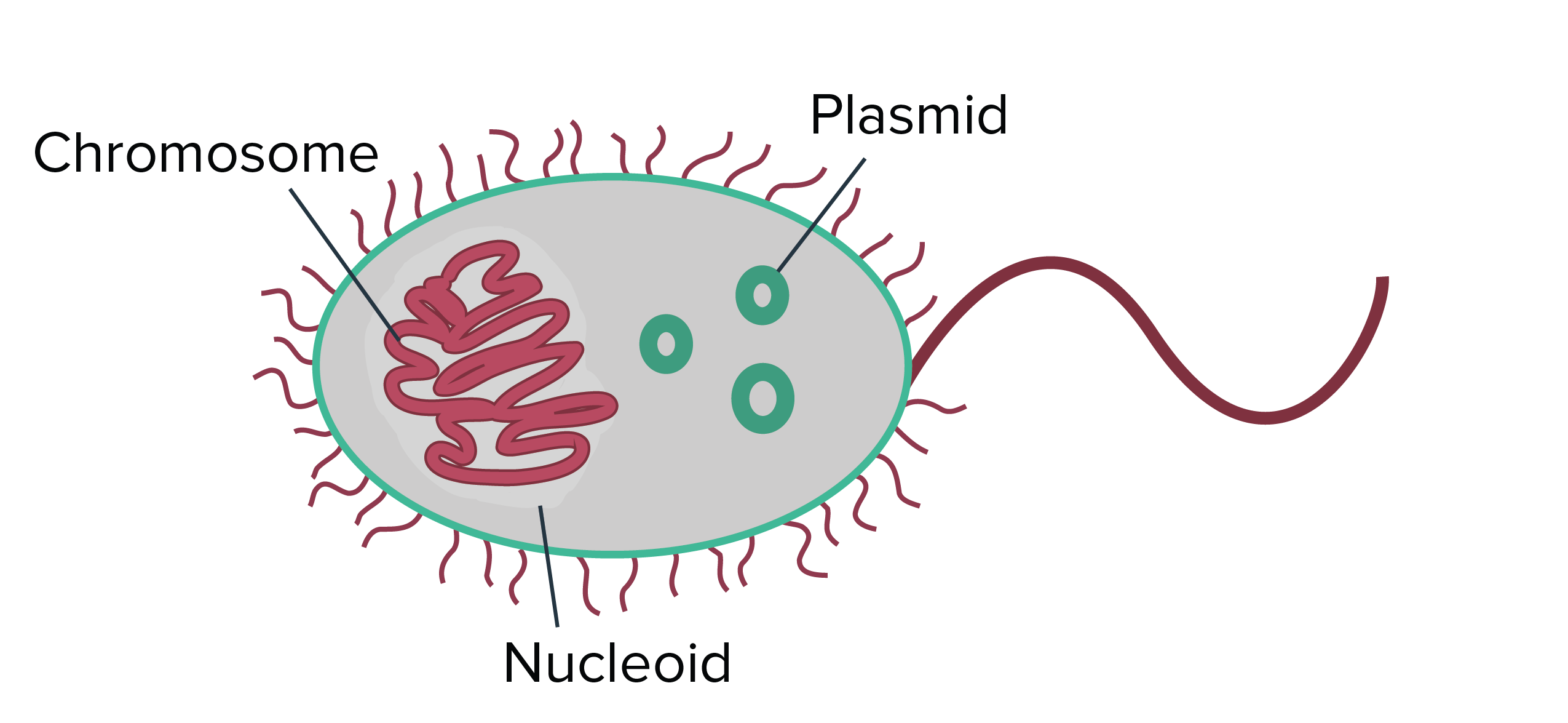
Prokaryote Structure Article Khan Academy

Prokaryotic Cells Boundless Biology
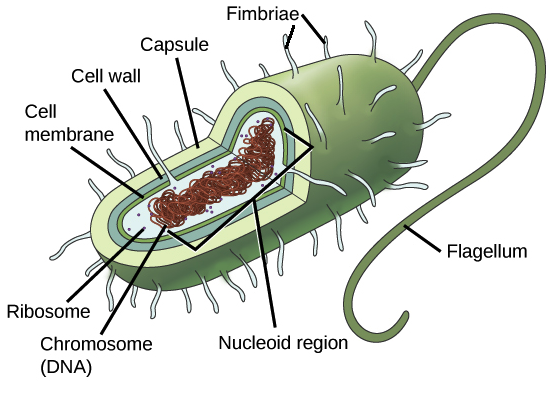
Prokaryotic Cells Article Khan Academy
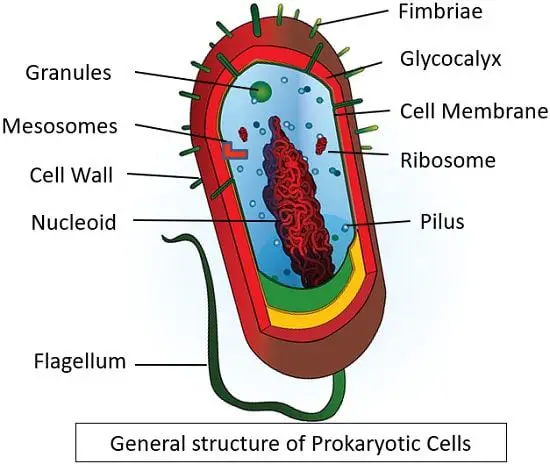
Difference Between Prokaryotic Cells And Eukaryotic Cells With Comparison Chart And Explanation Of Organelles Bio Differences
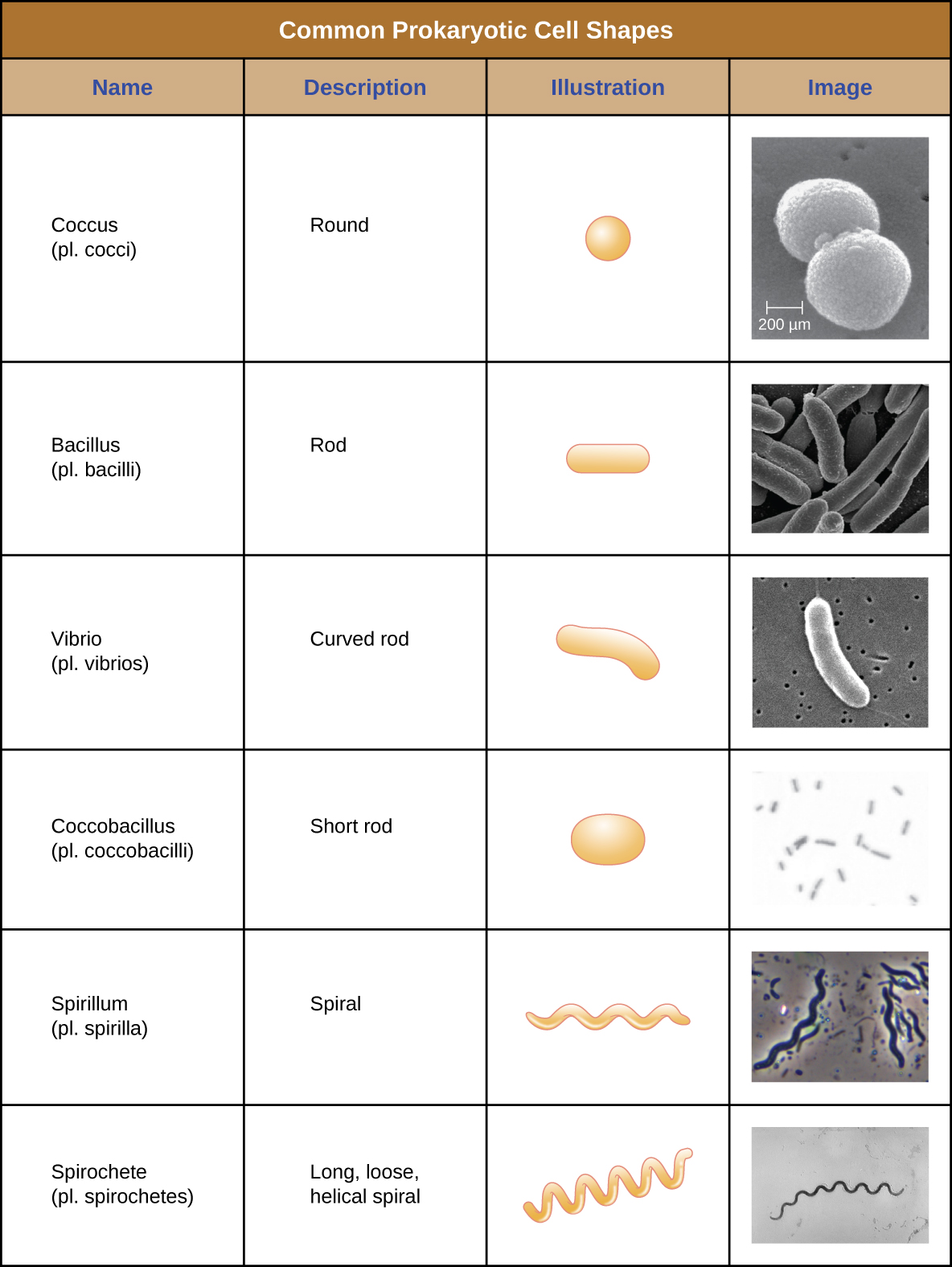
3 2 Unique Characteristics Of Prokaryotic Cells Biology Libretexts
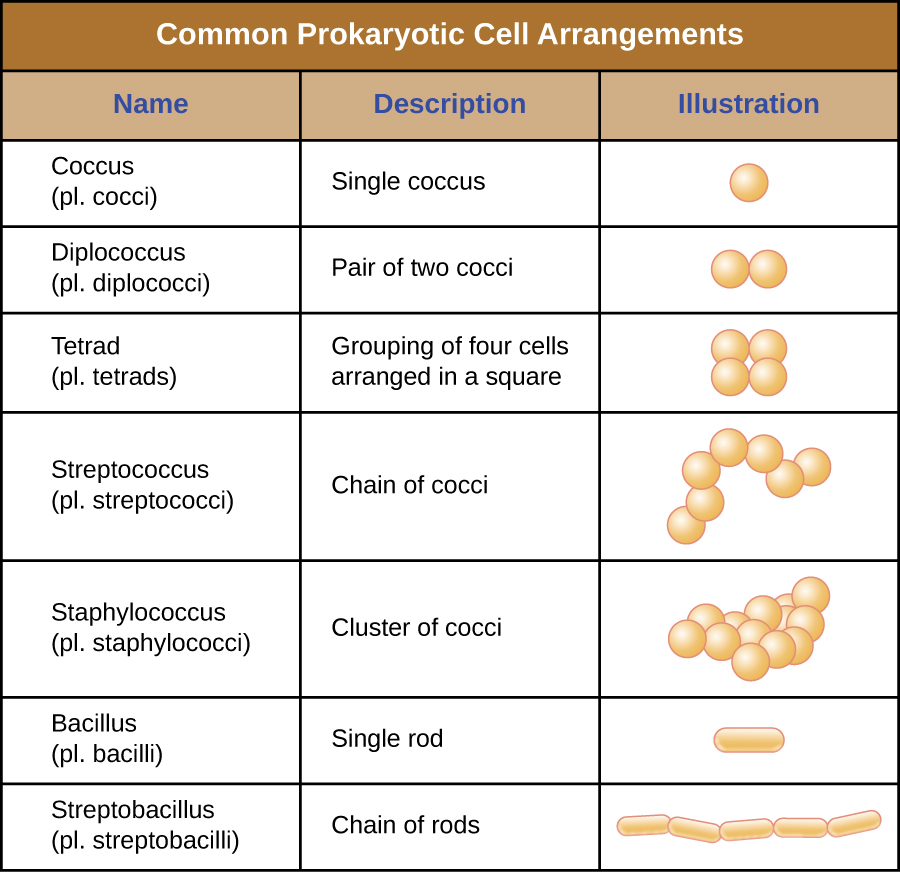
3 2 Unique Characteristics Of Prokaryotic Cells Biology Libretexts
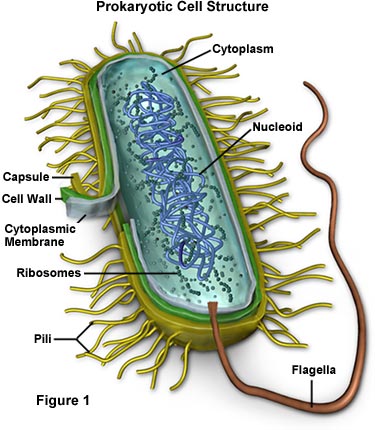
Prokaryotes Vs Eukaryotes Similarities Differences Identification
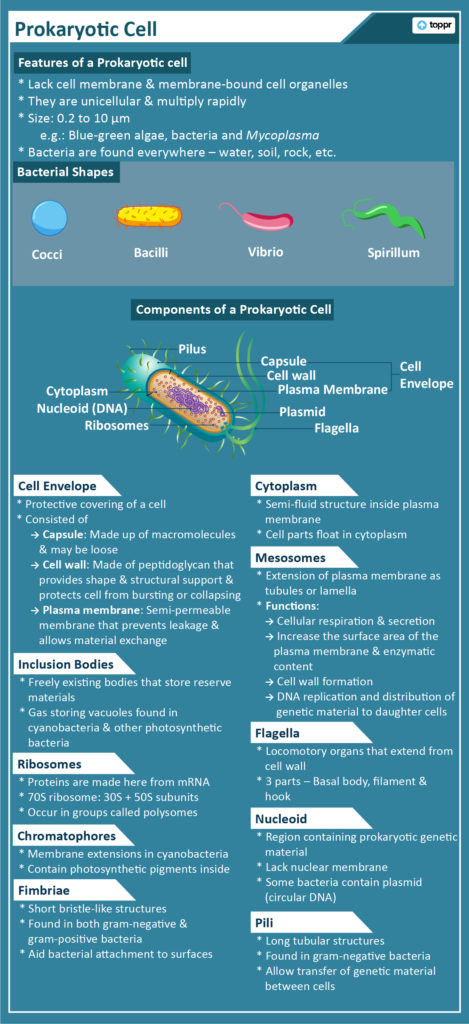
Prokaryotic Cell Components Examples With Questions And Videos

Unique Characteristics Of Prokaryotic Cells Microbiology
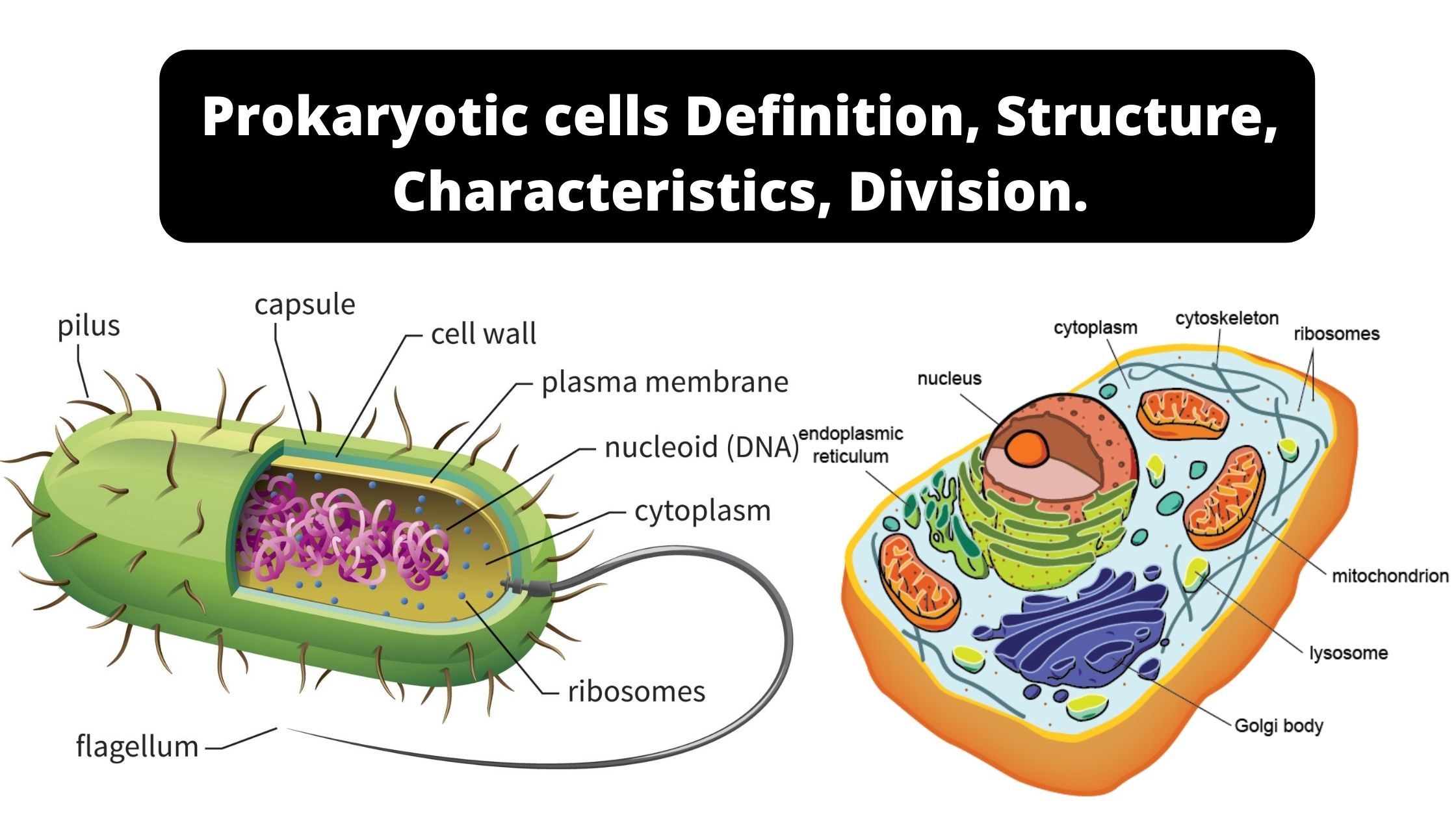
Prokaryotic Cells Definition Structure Characteristics Division
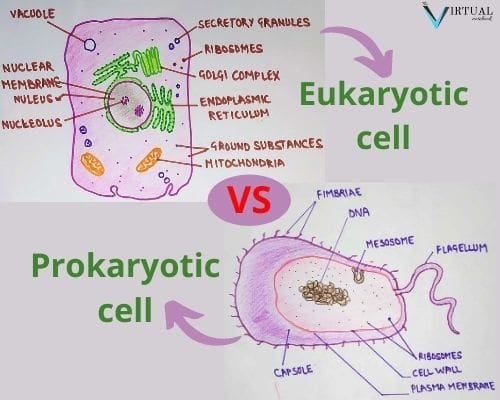
Difference Between Prokaryotic And Eukaryotic Cell The Virtual Notebook

Prokaryotic Cell Definition Examples Structure Biology Dictionary
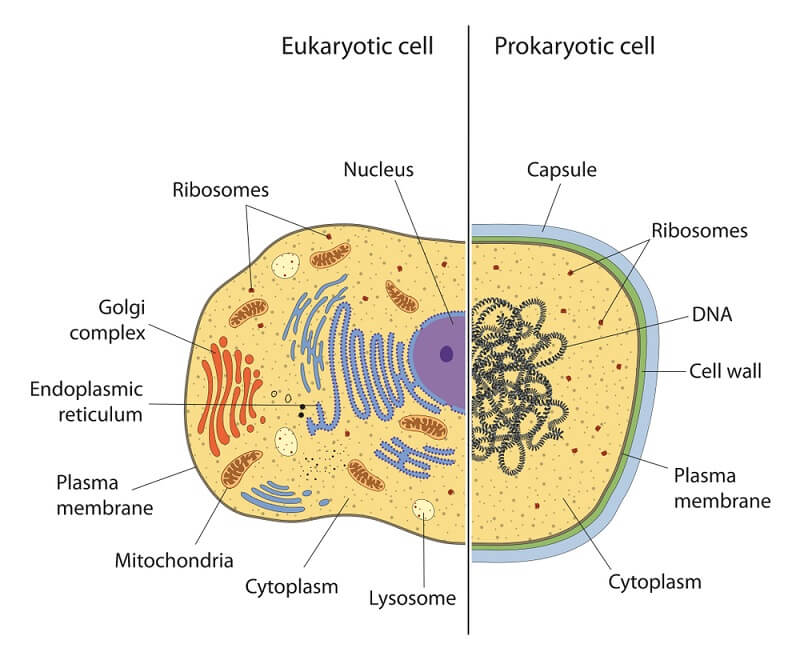
Eukaryotic Cell The Definitive Guide Biology Dictionary

Prokaryotic Cell Definition Examples Structure Biology Dictionary
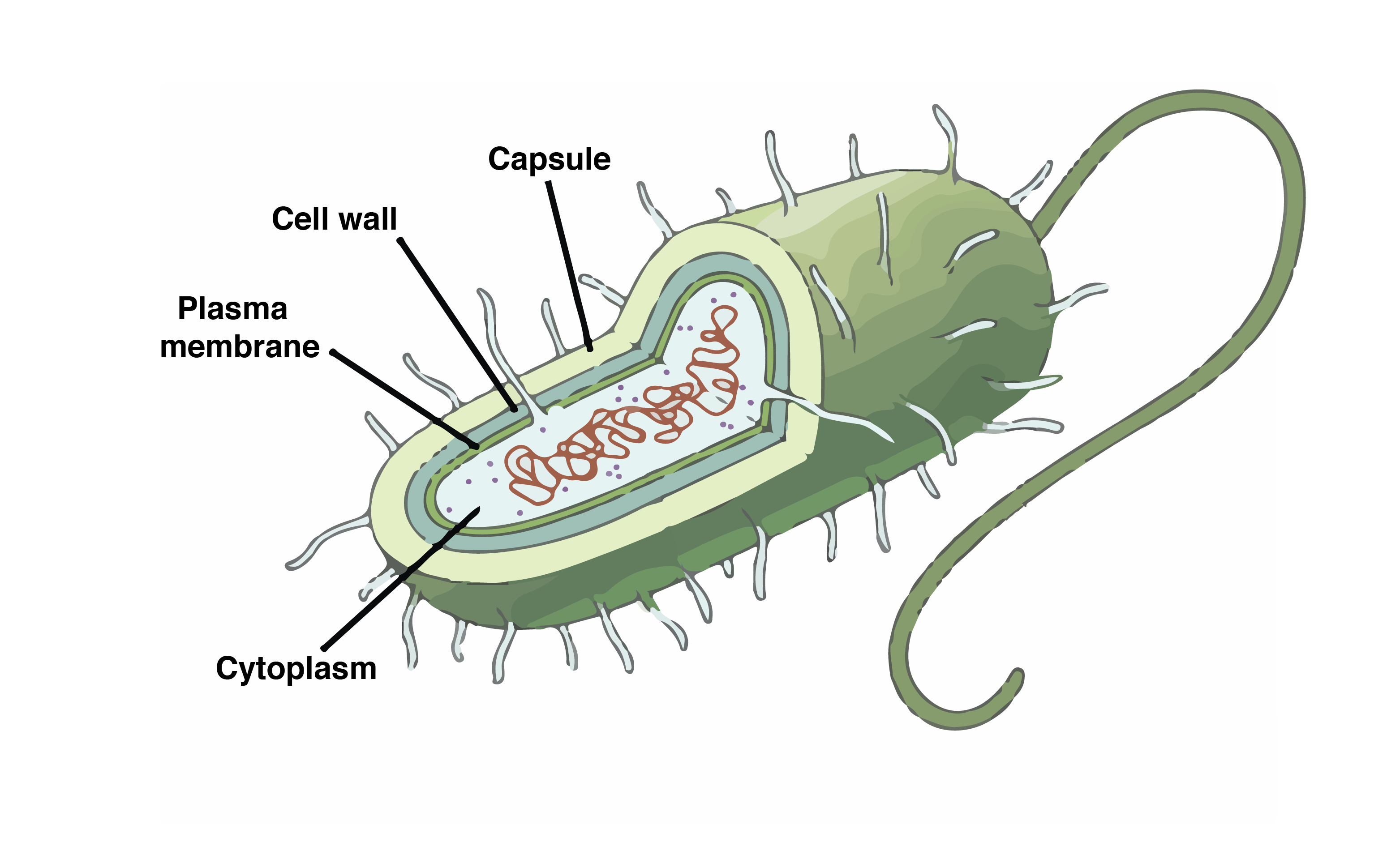
Prokaryote Structure Article Khan Academy
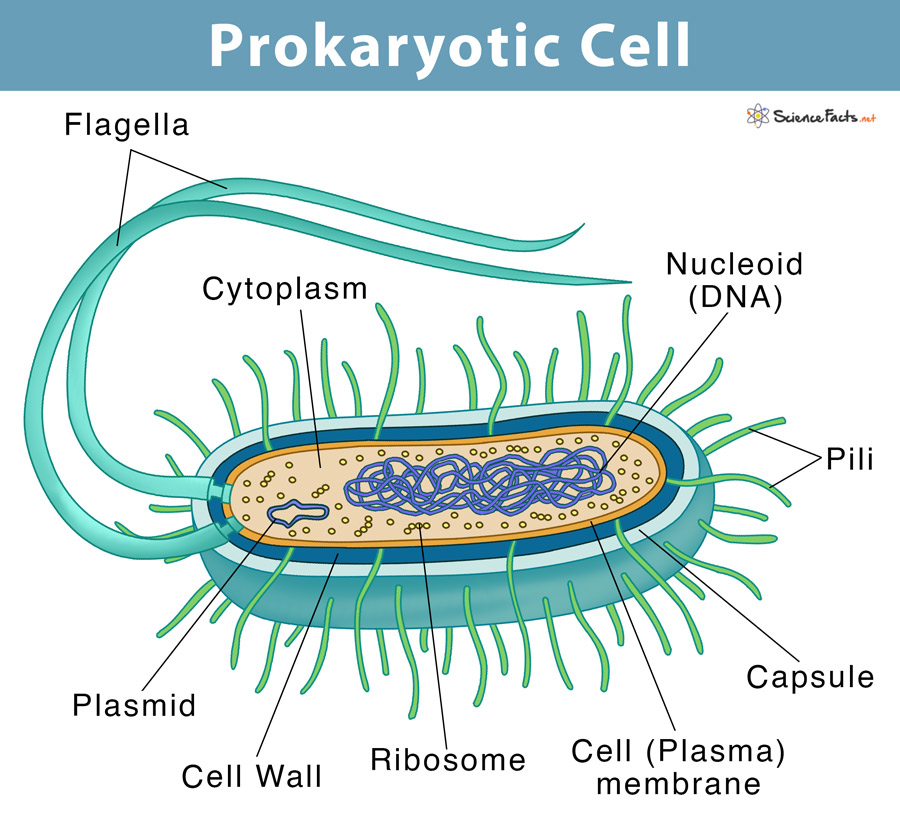
Prokaryotic Cell Definition Examples Structure

The Structure Of Prokaryotes Biology I
What S The Difference Between Prokaryotic And Eukaryotic Cells Quora
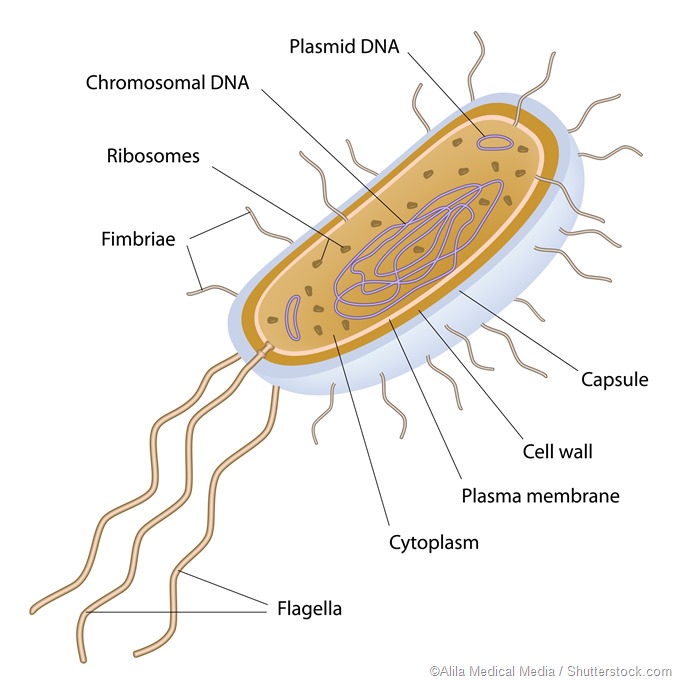
Comments
Post a Comment